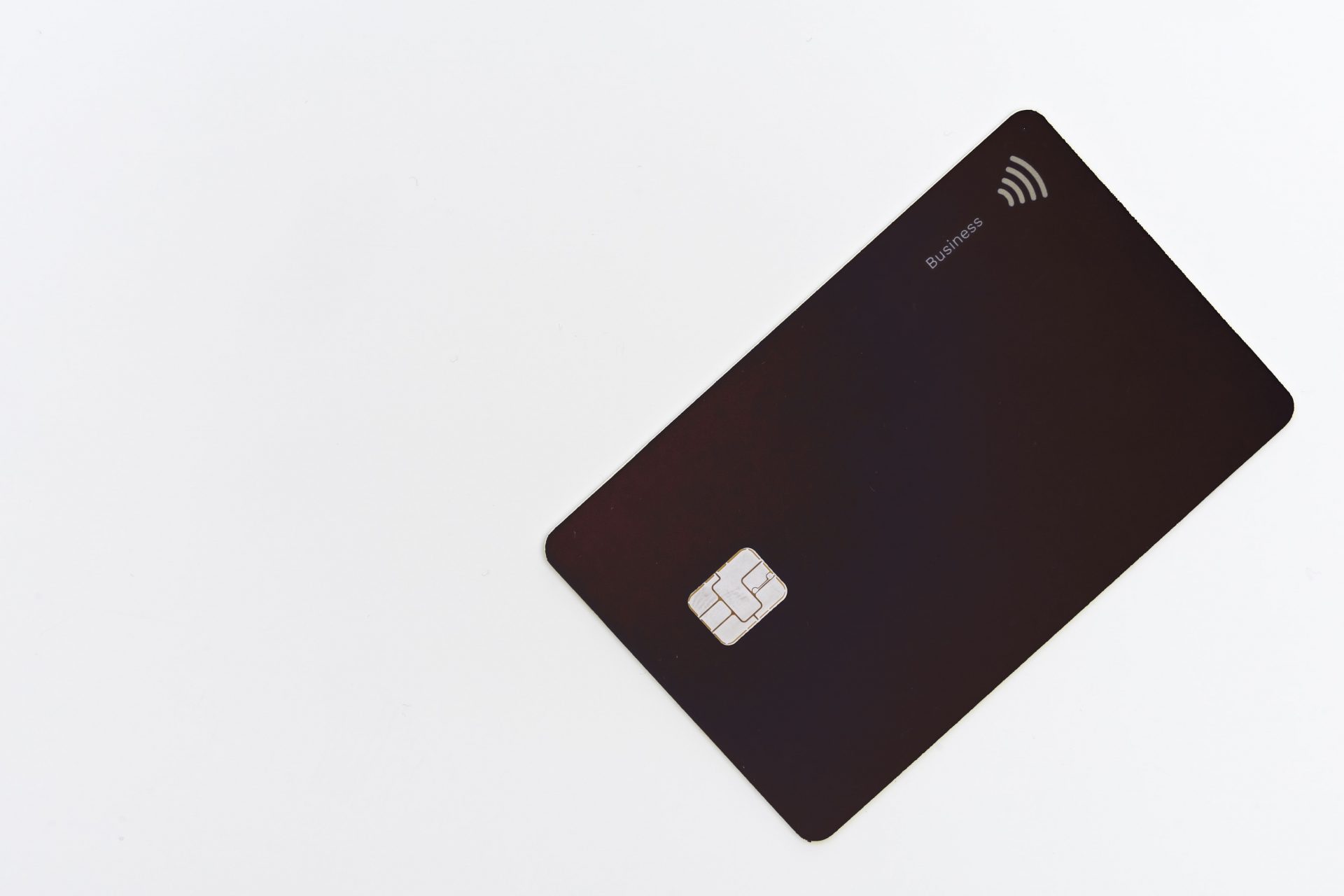With the disruption caused by the pandemic, it is essential to be on top of cash flow management.
In March 2020, many of our customers were heavily hit by Covid. Our position was that where possible, we would not hold customers to contracts and allow them to put their retainers on pause.
Whilst we felt that was the ethical thing to do, we saw a significant drop in our revenues. This meant cash flow became our number one priority.
Here is what I learned:
Automate
My first piece of advice is to invest in cash flow software and I would highly recommend investing in a good cash flow management system. We moved over from Google Sheets to professional software a few years ago. This allowed us to automate cash flow projections via integration with Xero. After trials, we went with Float as it was simple, effective, and easy to use.
The integration of float and Zero made syncing instantaneous. When invoices are added to Xero they automatically pull through to Float. It also manages changes in dates and automatically updates for bad debt.
Critically, Float allowed us to model future scenarios and understand the impact on decisions. For example, how does recruitment or losing a client impact cash? This was vital throughout Covid-19 as we were able to plan for different scenarios.
Credit Control
During times of uncertainty, good credit control is vital. We gave ownership to our office manager, who quickly brought down our debtor days.
Effective ways to improve your credit control function:
- Automate chasing were possible but remember sometimes it helps to chase personally especially during uncertain times
- Always have the correct contact information
- Wherever possible try to get a ‘planned to pay’ date
- Work with clients who are struggling to pay
- Move customers to direct debit using a provider such as Go Cardless
- Look to reduce your payment terms on invoices to 14 days
- Move your invoice date closer to the beginning of the month

Taxes
Set aside your taxes.
It is very easy to think the money you have in your account is there to be spent but if you are a VAT registered business this is not really the case. 20% of all that revenue actually needs to be paid back out as Tax to HMRC. Getting into the mindset of putting this away each month will help plan for these repayments.
Internal Purchase Order (PO) systems
One of the most challenging areas of cash flow management is keeping on top of costs. It can be easy for unexpected expenses to arise.
An internal PO system acts as a great notification system so you are informed the moment a purchase is requested. There is the added advantage of knowing there is an approval system in place and purchases are approved by management.
I advise you to look into setting up an internal PO system so you can be sure where your money is going and save on unnecessary expenses that may add up.
Credit Cards and Leases
My final piece of advice is to see if utilising credit cards or using leasing could help your cash flow.
It can be useful to utilise credit cards. They can be a great way to gain a little extra time to pay for items. Just always make sure you repay the balance each month.
We have also found leasing useful for purchasing more expensive or higher quantities of equipment such as laptops and computers. You will spread the cost over a period of time rather than paying upfront which can be a bit easier on cash flow. There are some disadvantages to leasing though, so I would recommend you look into these before you go ahead.
One last thing
Without a doubt, good cash flow management has really helped us navigate financially through this last year during the pandemic but good cash flow management should be a priority in your business at all times not just during a crisis. If you are not already doing the above I would highly recommend you investigate these and make cash flow management one of your top priorities.
To learn more about cash flow management and other strategies to help your business, get in touch with one of our experts.



